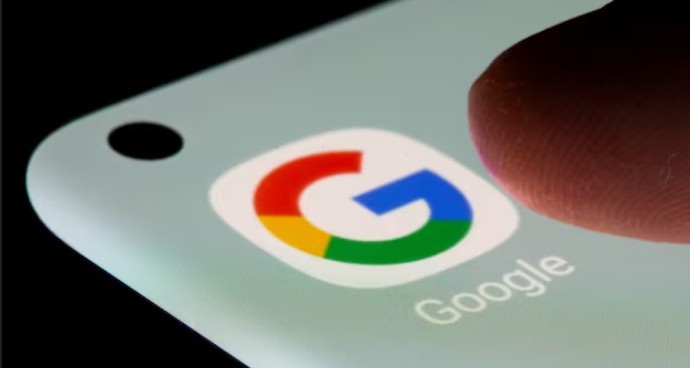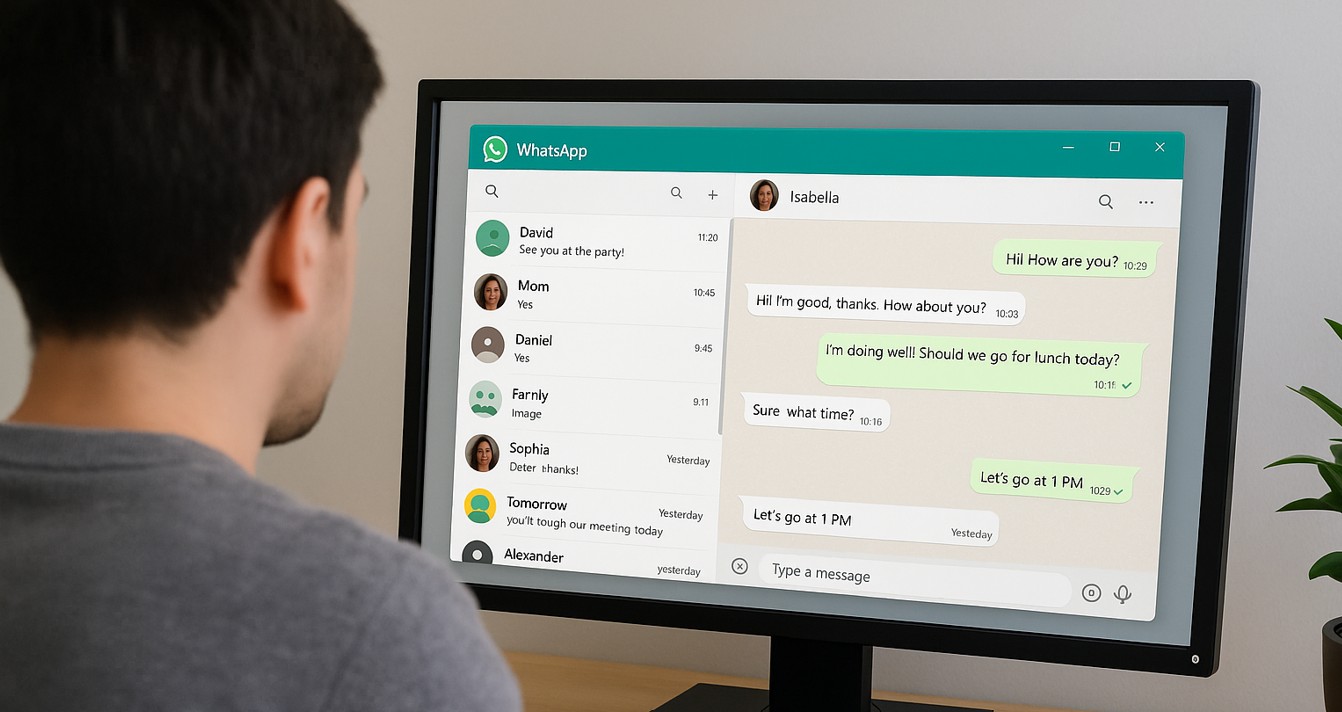Chrome iOS upgrade now lets users switch between work and personal profiles with ease

The update, announced on Monday July 21, 2025, marks a significant leap for productivity on Apple devices and brings Chrome’s mobile experience closer in line with its powerful desktop counterpart.
Google has officially rolled out a long-anticipated update to Chrome for iOS, allowing users to seamlessly switch between personal and work profiles within the browser.
The update, announced on Monday, July 21, 2025, marks a significant leap for productivity on Apple devices and brings Chrome’s mobile experience closer in line with its powerful desktop counterpart.
More To Read
- ChatGPT can now 'think and act' on your behalf: Here’s what you need to know
- Google to unveil Pixel phones, watch, buds and foldable on August 20
- Google unifies Android and Chrome OS to power AI-driven cross-device experience
- OpenAI to launch AI-powered browser, challenging Google Chrome with conversational web experience
- 'Samsung Unpacked 2025' showcases Gemini Pro’s AI edge, 10-bit HDR brilliance, bigger flex screen
- Gmail rolls out new ‘manage subscriptions’ feature to help users easily unsubscribe from unwanted emails
The feature allows iPhone and iPad users to toggle between work and personal Google accounts with just a couple of taps, maintaining separate browsing histories, bookmarks, saved passwords, and even extensions.
This type of profile switching has long been standard on Chrome for desktop platforms such as Windows, macOS, and Linux, where it supports millions of enterprise users globally. But on iOS, it was conspicuously absent, until now.
The delay was not due to oversight, but due to technical roadblocks posed by Apple’s tightly controlled operating system.
Chrome’s desktop version supports user profiles natively and even allows IT administrators to enforce corporate policies through Chrome Enterprise tools.
Windows and Android make such integrations easier, thanks to built-in system-level support for multiple users and profiles.
On iOS, however, Google faced a different landscape.
Apple’s strict app sandboxing model prevents apps from accessing or sharing data across system-level profiles, and the platform lacks native support for app-based user switching
As a result, Google had to engineer profile switching directly within the Chrome app, an intensive undertaking that involved building secure, isolated environments for each profile while still preserving the user experience.
Moreover, implementing Chrome’s enterprise-grade tools on iOS, such as centralised management, URL filtering, and security reporting, required careful integration with Apple’s Mobile Device Management (MDM) framework.
Google also had to tread carefully to ensure it met Apple’s privacy policies while maintaining the rigid data separation enterprise users demand.
Until recently, there was little urgency. Most enterprise users conducted their work on laptops or desktops, where Chrome’s full capabilities were already available.
But as hybrid work models and BYOD (Bring Your Own Device) practices surged, so did the need for secure, separated mobile browsing.
Users also increasingly wanted to manage both personal and work lives on a single device without constantly logging in and out of different accounts.
This new Chrome for iOS update meets that need.
When users tap the profile icon in the top-right corner of the app, they are now presented with both personal and managed (work) accounts.
And upon switching to a work profile, Chrome instantly creates a secure environment governed by company policies, isolated from personal data and marked as a managed session.
Regular users with multiple personal Gmail accounts will still need to sign out and sign back in to switch profiles on iOS.
With this launch, Chrome for iOS finally steps up to meet the standards set by its desktop and Android counterparts.
Top Stories Today














































